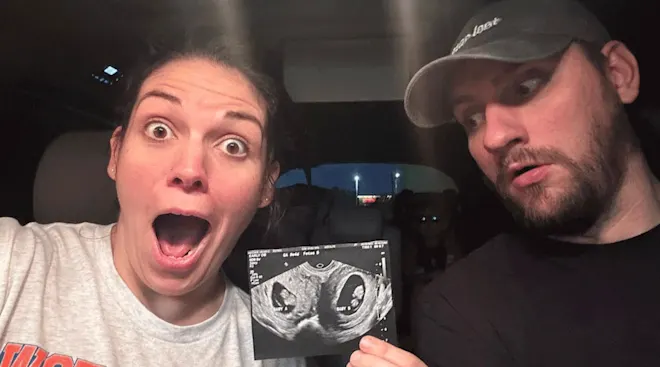Q&A: What Exactly Is Twin-to-Twin Transfusion Syndrome?
The medical definition of twin-to-twin transfusion syndrome (TTTS) is an unbalanced blood flow between monochorionic (MC) fetuses. But let’s break down what that means. Monochorionic twins are twins who share the same placenta, which means they also share blood vessels that distribute blood-flow between each baby. For reasons that are actually unknown, 10% to 15% of MC twin fetuses will develop an uneven flow of blood between the shared blood vessels, resulting in TTTS.
So what exactly happens to babies with TTTS? The smaller twin (a.k.a. the “donor twin”) doesn’t receive enough blood, while the larger twin (a.k.a. the “recipient twin”) becomes overloaded with too much blood. In an attempt to reduce its blood volume, the recipient twin will up the amount of urine it produces, which causes its bladder to grow large and too much amniotic fluid to surround it. At the same time, the donor twin will produce an unusually low amount of urine and the amniotic fluid around the twin will lessen or disappear altogether.
Over the course of a pregnancy, TTTS will cause one twin to over-develop while the other will suffer from under-development. Left untreated, TTTS can result in the loss of one or both twins, and present serious developmental issues for surviving babies.
If you’re panicking while reading this, let me calm you with some good news. In a handful of centers throughout the U.S., a breakthrough TTTS treatment is now available that can reverse the affects of the disease. The earlier a pregnancy undergoes TTTS treatment, the greater the potential is for saving each baby; so speak to your doc immediately about your options if you’ve just been diagnosed or are looking to be checked out.
Navigate forward to interact with the calendar and select a date. Press the question mark key to get the keyboard shortcuts for changing dates.
Advertisement
Advertisement




















































